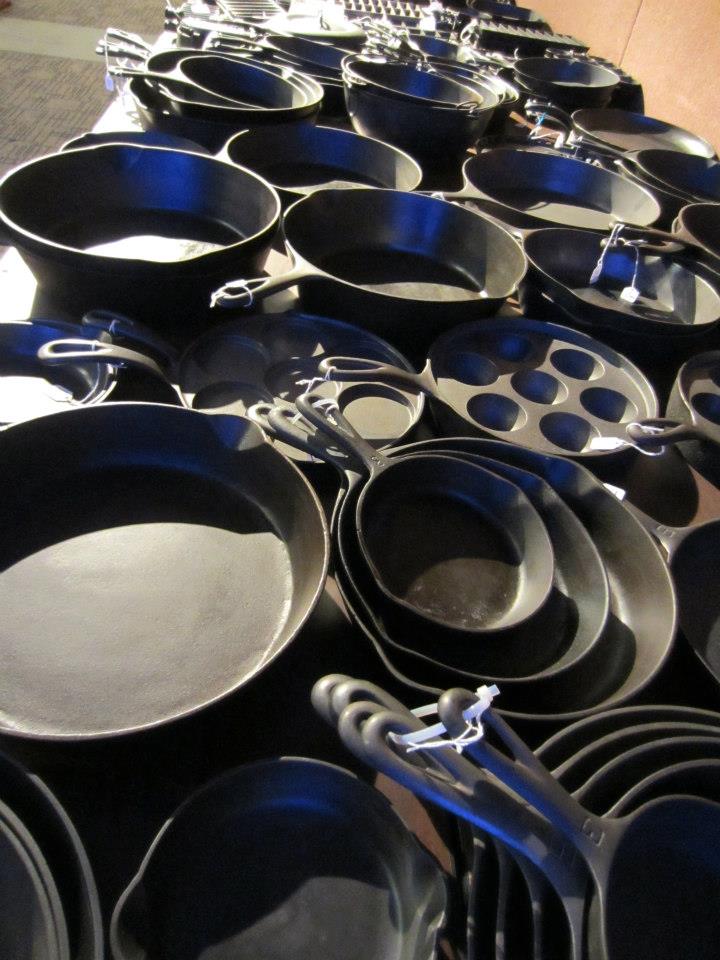
I wrote a blog post in early 2023 about a 2012 auction I attended to show the difference between the pricing of vintage cast iron cookware then and pricing today. The items at the 2012 auction were from a long-time cast iron collector. The pieces were primarily in lovely condition.
I recently found the entire auction listing – 645 lots – online. The auction ran in-person and online at AuctionZip. Take a look at the results shown below. It is very interesting to see the pricing compared to now.
The auction included vintage cast iron and aluminum cookware from many makers both known and unknown: Griswold, Wagner, Favorite, Wapak, Lodge, Martin, Sperry, G.F. Filley, Mi-Pet, and more. It also included more than skillets: included were griddles, grinders, gem and muffin pans, kettles and bowls, oddities, molds, roasters, Dutch ovens, waffle irons, bread stick pans, and much more. It’s worth looking at the auction catalog just to see the photos of all of the different iron!
I have sorted the auction results below in two different ways. The first section/photo shows the 60 items that drew the highest bids. The second section/remaining photos show all auction results by lot number. For those lots referencing “P/N,” that refers to a pattern number shown on the piece.
As you look at these results, remember that the prices realized are for that particular piece, in that condition, with those precise markings. Not every pan is created equal; not all pieces would bring the same prices.
For example:
- The “ERIE” spider logo pan in lot 203 sold for $500. That price would be low both then and now for a spider logo pan in excellent condition. If you zoom in on the photo, you can see that the spider logo has pitting.
- The Wagner number 9 skillet in lot 57 is an “extra-deep” skillet. That differentiates it from a typical Wagner number 9 skillet, and increases the value.
- The number 5 Griswold skillet in lot 399 that sold for $400 is a large block logo EPU (“Erie, PA U.S.A.”) skillet with heat ring. That precise pan is highly sought-after. In good condition it brings a higher price than a slant (italicized) logo or large block logo without a heat ring, and a much higher price than a small logo.
If you’re new to the cast iron auction world, read my blog posts to learn from my early mistakes and get my tips for your auction experience!




